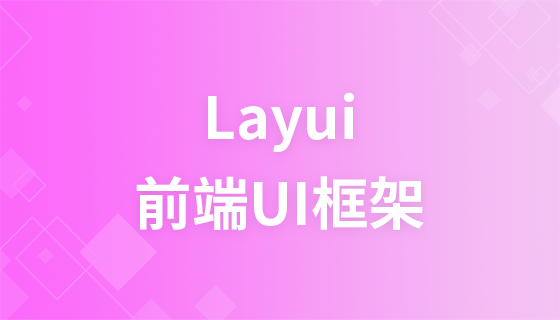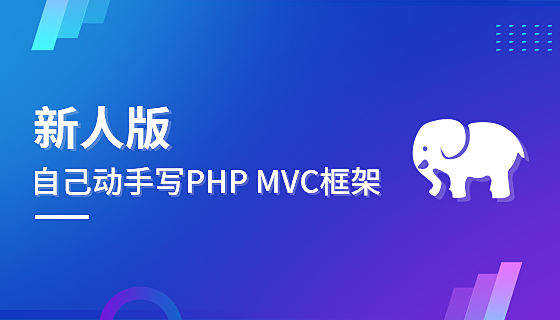扩展 Golang 框架时常见的三个问题及解决方案:无法注入依赖项:使用 IoC 机制,自动或手动注入依赖项。无法访问框架内部状态:使用设计模式或修改框架代码以公开所需状态信息。扩展与框架耦合性太高:采用松散耦合集成模式,或使用接口和依赖注入避免直接依赖。

在 Golang 中扩展框架是一种常见的做法,可以方便地添加自定义功能和组件。然而,在此过程中可能会遇到一些常见问题。
// hypothetical framework interface
type IFramework interface {
SomeMethod()
}
// hypothetical implementation of the interface
type Implementation struct{}
// hypothetical extension
type Extension struct {
// I cannot access the framework instance here
}解决方案:
// hypothetical framework
type Framework struct {
privateState int
}
// hypothetical extension
type Extension struct {
// I cannot access the privateState
}解决方案:
解决方案:
以下是一个使用 Gin Gonic 的实战案例,展示如何扩展框架以添加自定义路由:
package main
import (
"github.com/gin-gonic/gin"
)
// hypothetical extension
func MyExtension(r *gin.Engine) {
r.GET("/custom-route", func(c *gin.Context) {
c.JSON(200, gin.H{"message": "Hello from extension!"})
})
}
func main() {
router := gin.Default()
MyExtension(router)
// continue with other router configurations...
}通过将 MyExtension 函数传递给 gin.Engine 的 Use 方法,可以轻松地将自定义路由添加到 Gin 应用程序。
以上是golang框架扩展的常见问题与解决方案的详细内容。更多信息请关注PHP中文网其他相关文章!

